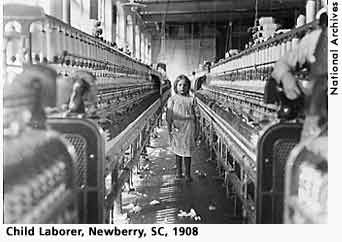The industrial revolution reached the U.S. in the early 1800s. Business and industry grew pretty rapidly in America after the Civil War. A population of 30 million Americans had only 1.3 million working in industry. The U.S. was the world’s leading industrial nation by the late 1800s. In 1914 the nation’s Gross Natural Product was eight times larger than when the Civil War ended in 1865. The U.S. had a vast amount of natural resources like timber, coal, iron, and copper. It saved the U.S. money because there was no need to import these products. The wealth of the raw materials is said to be a major part in the success of the industry. In the late 1800s people began living by laissez-faire; relied on supply and demand and helped regulate prices and wages.
The oil industry in the U.S. was
built because of the need for kerosene. Kerosene could be made by oil and was
used for lanterns and stoves. In 1859 Edwin Drake drilled the first oil well in
Titusville, Pennsylvania. Oil fields from Pennsylvania to Texas were drilled by
the early 1900s. The faster oil companies grew the better the economy did. The
triple of population in the U.S. between 1860 and 1910 provided the industry
with greater demands for factory made goods. Towards the end of the 1800s the
U.S. was one of the largest trade areas in the world.
Titusville, Pennsylvania 1859 – Edwin Drake









.jpg)












